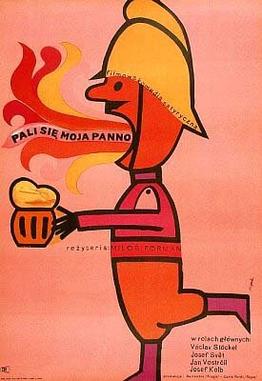
The Czechoslovak New Wave is a term used for the Czechoslovak filmmakers who started making films in the 1960s. The directors commonly included are Miloš Forman, Věra Chytilová, Ivan Passer, Pavel Juráček, Jiří Menzel, Jan Němec, Jaromil Jireš, Evald Schorm, Hynek Bočan, Juraj Herz, Juraj Jakubisko, Štefan Uher and others. The movement was sometimes called the "Czechoslovak film miracle".
Štefan Čambal was a Slovak football player and later a football manager. He played for Czechoslovakia, for which he played 22 matches. He was born in Pozsony and died in Prague.
The Territory of White Deer is a Czechoslovak TV series.

The cinema of Slovakia encompasses a range of themes and styles typical of European cinema. Yet there are a certain number of recurring themes that are visible in the majority of the important works. These include rural settings, folk traditions, and carnival. Even in the field of experimental film-making, there is frequently a celebration of nature and tradition, as for example in Dušan Hanák's Pictures of the Old World. The same applies to blockbusters like Juraj Jakubisko's A Thousand-Year Old Bee. The percentage of comedies, adventures, musicals, sci-fi films and similar genres has been low by comparison to dramas and historical films that used to include a notable subset of social commentaries on events from the decade or two preceding the film. One of them, Ján Kadár's and Elmar Klos' The Shop on Main Street, gave Slovak filmmaking its first Oscar. Children's films were a perennial genre from the 1960s through the 1980s produced mainly as low-budget films by Slovak Television Bratislava. The themes of recent films have been mostly contemporary.

She Grazed Horses on Concrete is a film which lays out serious topics that include a woman's capacity to hold her own in society, sexual mores, and abortion, and balances them with comedy and irony in proportions that instantly made it one of the biggest domestic blockbusters in Slovak cinema.
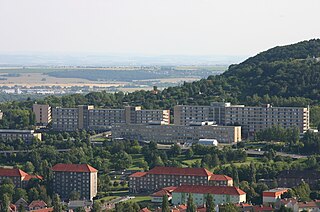
Hospital at the End of the City is a Czechoslovak television series first released in 1978 by Czechoslovak Television. It featured an ensemble cast and received much viewer praise in Central Europe. The series, with a screenplay by Jaroslav Dietl and directed by Jaroslav Dudek, ran from 1978 to 1981 for a total of twenty episodes. The show's success inspired the German television series The Black Forest Clinic.
Štefan Uher was a Slovak film director, one of the members of the Czechoslovak New Wave.

Penelope is a Slovak psychological drama film directed by Štefan Uher. Starring Božidara Turzonovová and Eva Kristínová, the movie was released on January 20, 1978.
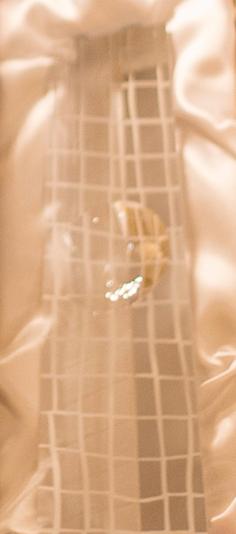
The Sun in a Net Awards are annual awards that recognize accomplishments in filmmaking and television. It is the highest award of achievement in film awarded in Slovakia. It is organised by the Slovak Film and Television Academy. Awards were originally held bi-annually.
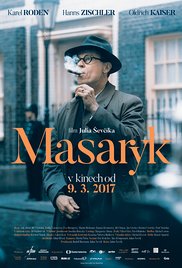
A Prominent Patient is a 2016 Czech-Slovak biographical drama film directed by Julius Ševčík. It was screened in the Berlinale Special section at the 67th Berlin International Film Festival. It won twelve Czech Lions including the Czech Lion for Best Film. The film was first screened in Lucerna Kino.
The City of the Sun is a 2005 comedy film written and directed by Martin Šulík and starring Oldřich Navrátil and Ľuboš Kostelný. The film won the main prize at the 2005 Finále Plzeň Film Festival. At the 2006 ceremony for The Sun in a Net Awards, the film won in six categories. The film was Slovakia's submission for the Academy Award for Best Foreign Language Film for the 78th Academy Awards. The film won in two categories at the Czech Lion Awards, specifically for music and editing.
The House is a 2011 drama film written and directed by Zuzana Liová and starring Miroslav Krobot, Taťjana Medvecká and Judit Bárdos. The film won the main prize at the 2012 Finále Plzeň Film Festival. At the 2012 ceremony for the Sun in a Net Awards, the film won in the categories of Best Film and Best Actress, for the performance of Judit Bárdos. Taťjana Medvecká's performance in the film won her the accolade of Best Supporting Actress at the Czech Lion Awards as well as the Sun in a Net Awards.
Soul at Peace is a 2009 drama film directed by Vladimír Balko and starring Attila Mokos, Roman Luknár and Helena Krajčiová. It was written by Czech writer Jiří Křižan. At the 2010 ceremony for the Sun in a Net Awards, the film won in five categories including Best Film, Best Leading Actor, Best Supporting Actor, Best Supporting Actress and Best Cinematography. The film won the Best Narrative award at the 2010 Kansas International Film Festival. Following its release in Slovakia, the film opened in July 2009 in the Czech Republic.
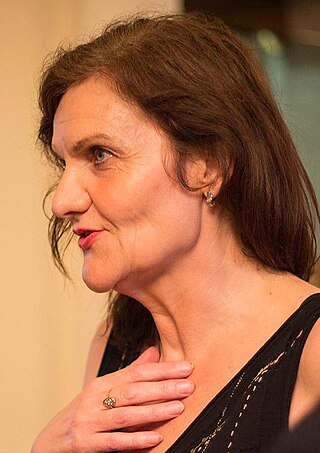
Jana Oľhová is a Slovak actress. At the 2008 Sun in a Net Awards she won the category of Best Supporting Actress for her performance in the film Music. Oľhová won another accolade at the Sun in a Net Awards, again for Best Supporting Actress, in 2014 for her performance in the 2013 film Fine, Thanks.
Zuzana Liová is a Slovak film director and screenwriter. Her first television film, Ticho, was broadcast on Slovenská televízia in December 2005. Her directorial debut was the 2011 film The House, which she also wrote. The House won six awards at the 2012 Sun in a Net Awards including Best Film, and Liová herself for Best Screenplay.
Marek Geišberg is a Slovak actor. He was born in the town of Rimavská Sobota, and studied at the Academy of Performing Arts in Bratislava. Geišberg won the Best Supporting Actor award at the Sun in a Net Awards in 2012 for his role in The House. He is the son of Slovak actor Marián Geišberg.
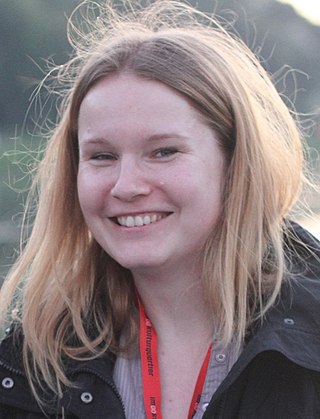
Iveta Grófová is a Slovak film director. She studied at the Academy of Performing Arts in Bratislava (VŠMU). Her directorial debut was the 2012 film Made in Ash, which was nominated as Slovakia's submission for the Academy Award for Best Foreign Language Film. Grófová's second film, Piata loď, was screened at the 67th Berlin International Film Festival. It went on to be nominated in 10 categories at the 2018 Sun in a Net Awards.
Mira Fornay, also known as Mira Fornayová is a Slovak film director and screenwriter. Her film, My Dog Killer, won the main award at the 2013 International Film Festival Rotterdam. My Dog Killer won three awards at the 2014 Sun in a Net Awards including Best Film, Best Director and Best Screenplay.







